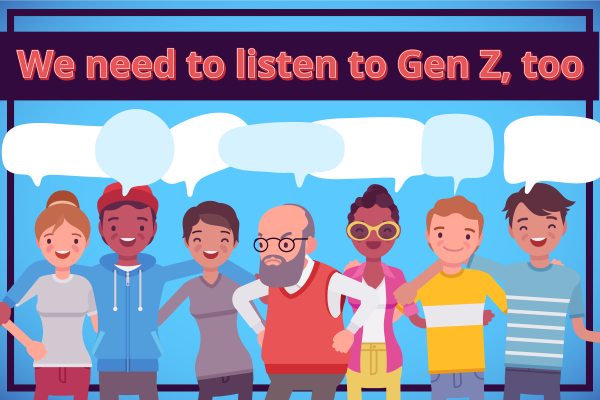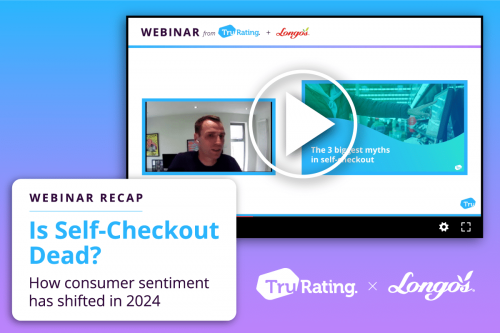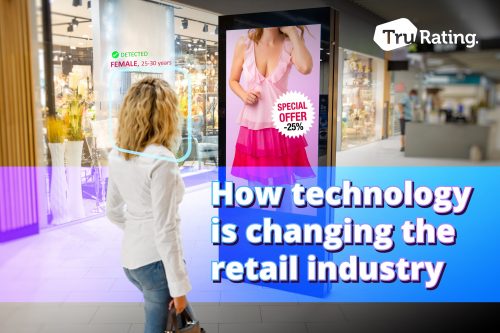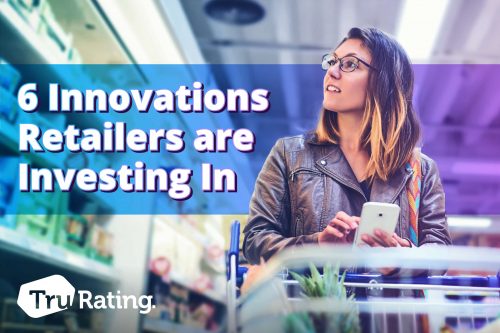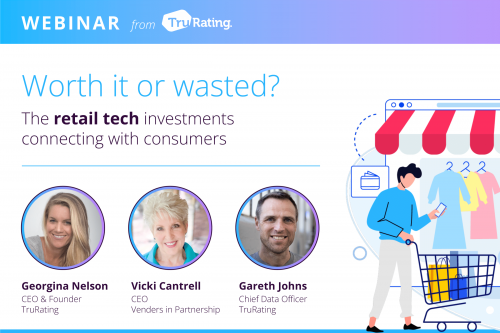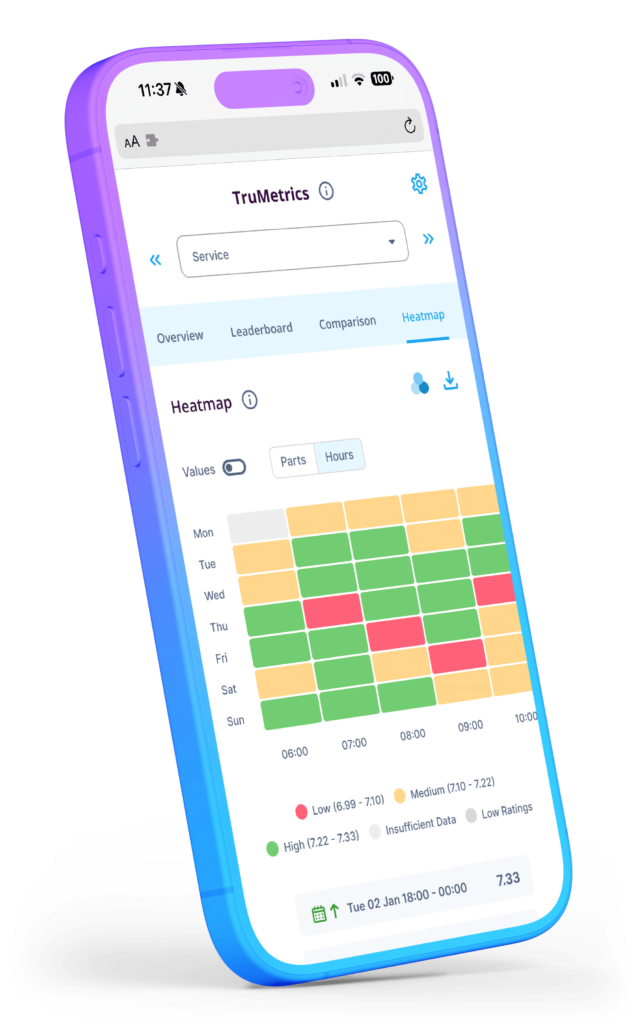Ah, the enigma that is Generation Z. Are they really so hard to decipher? And if so, why does it matter?
Certainly, many retailers have spoken to us about the urgent need to connect with and engage the next generation. So what is it about “Zoomers” that makes this so challenging?
For one, it’s clear from the research that there’s a real problem with pinning down Gen Z characteristics. It’s easy to rely on lazy assumptions and stereotypes about the TikTok generation – “they’re digital natives, so of course they prefer to do all their shopping online”. But as it turns out, that would be a huge mistake (as it happens, a new survey from IBM & NRF recently revealed that they prefer to do their shopping at physical stores – who knew?)
In fact, the biggest takeaway from the research is that Gen Z are… well… enigmatic. A generation that values individual differences and freedom of expression are always going to be harder to describe homogenously. Ernst & Young tell us that it’s a generation literally defined by their contradictions. There’s a clear conflict between their values and preferences for sustainability & ethical brands – which research tells us are incredibly important – and their desires, such as their passion for shopping and the instant gratification of the fastest delivery option.
There have also been some incredible external forces acting upon Gen Z just as they were entering their late teens and adulthood – the pandemic and subsequent economic uncertainty – the effects of which are still ongoing. The reality is, the only safe prediction to made about this generation is that everything we think we know about them is likely to change all over again within the next decade. Which makes it even more vital that businesses are able to continuously engage with and hear from Gen Z, as they develop towards peak spending power over the next 10 years.
As Forbes tells us, “The best way to learn what Gen Z is looking for from businesses is to ask them.” Common sense! Hurrah! But sadly, easier said than done – or certainly via traditional market research. With participation rates in traditional survey methods declining at an ever-faster rate, it seems that the younger generations are even less willing to spend time and effort filling out lengthy surveys than their parents were. They are also more concerned about anonymity online, according to Pew. And although the idea that they have 8 second attention spans is probably a myth, it’s safe to say that short-form content is king for Gen Z.
Yet as Gen Z already have a huge influence on the buying behavior of Millenials & Gen X, alongside the remarkable $360 billion in disposable income Bloomberg reported recently they hold, it’s clearly hugely important to businesses that they can overcome these challenges to take every opportunity to ensure Gen Z’s voices are being listened to.
Keeping a finger on Gen Z’s pulse
So what’s the best way to do this? Meeting them where they already spend time is one obvious answer. Making it quick and easy for them to respond to questions is another. And don’t forget that eliminating the need to ‘opt-in’ – in other words, allowing the feedback to be anonymous – will net you many more responses.
Indeed, if you want to ensure your voice of the customer program is representative of all your customers – across demographics, preferences, and channels – making your method of collecting customer feedback is as ‘democratic’ as possible is the best way to start.
But certainly, if Gen Z are the “missing piece” of your customer feedback puzzle, and you want to turn up volume on their voices, then using micro-surveys, meeting shoppers where they already are during their shopping journey – without adding friction to that journey – and protecting their privacy will net you a much greater response rate from them. We’re working with retailers whose primary customer base is made up Gen Z shoppers, yet by following this method we’re seeing an average 70% response rate from those shoppers.
Learn more about TruRating’s patented technology delivering micro-surveys at checkout, online and in-store, enabling retailers across the globe to hear from the majority of their customers.


